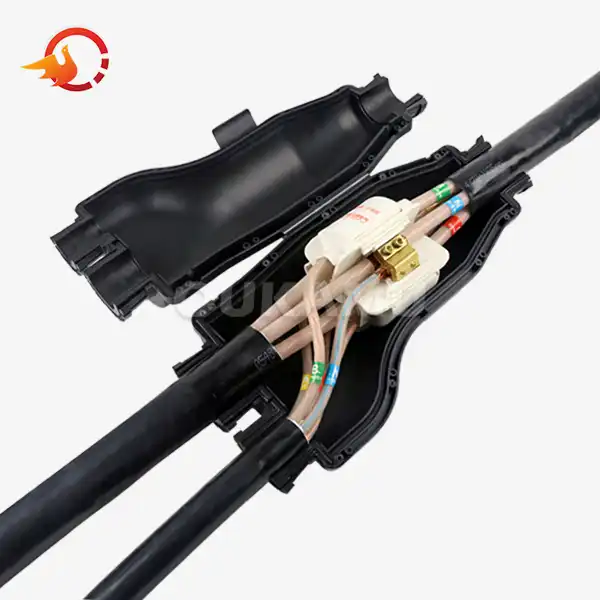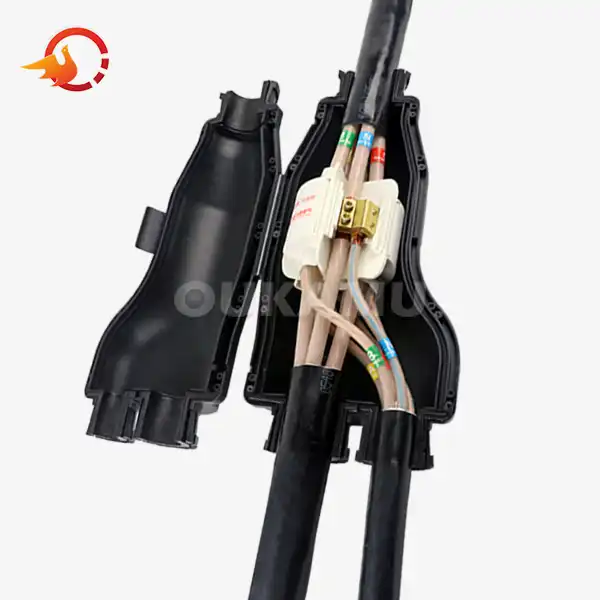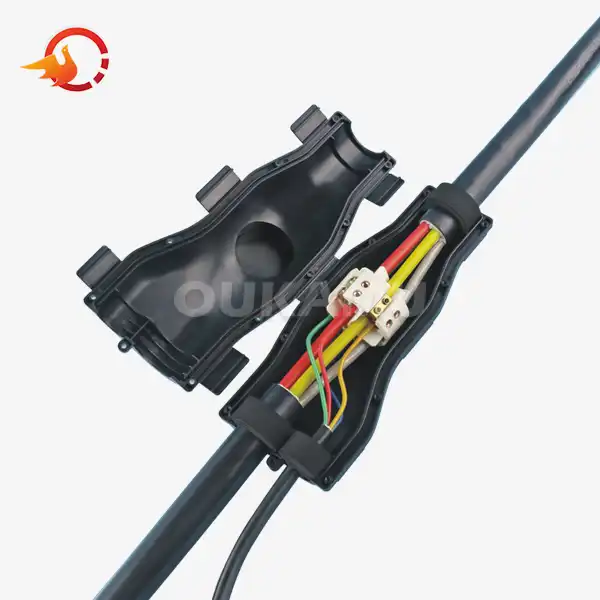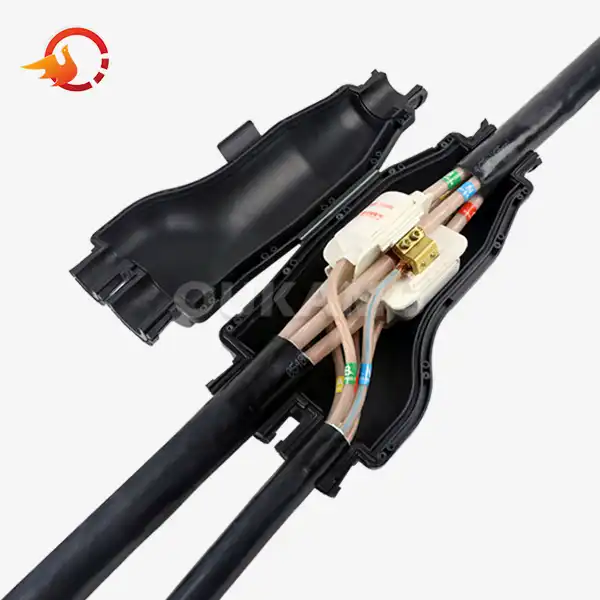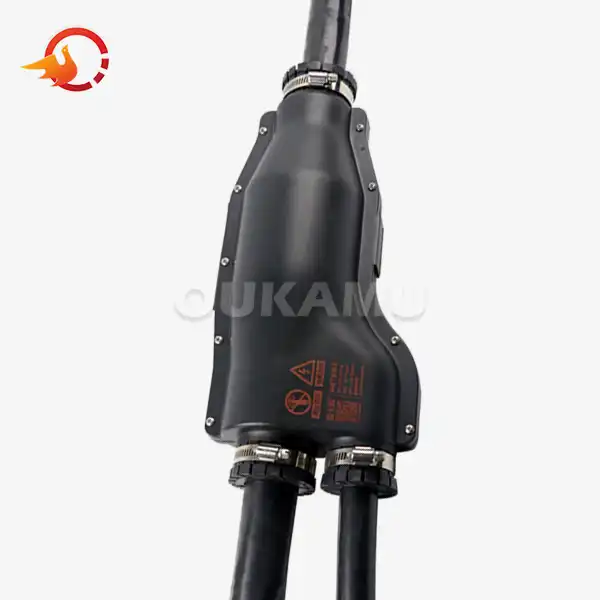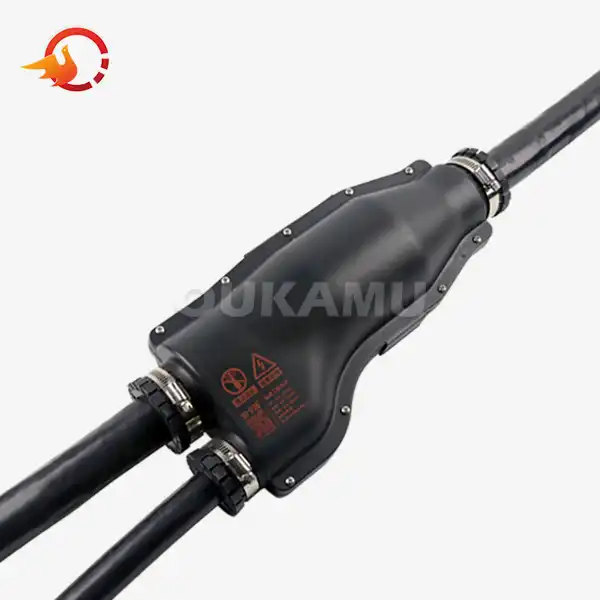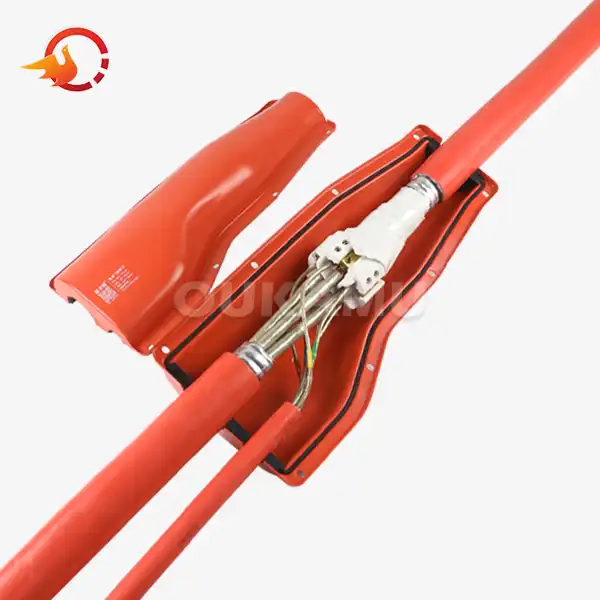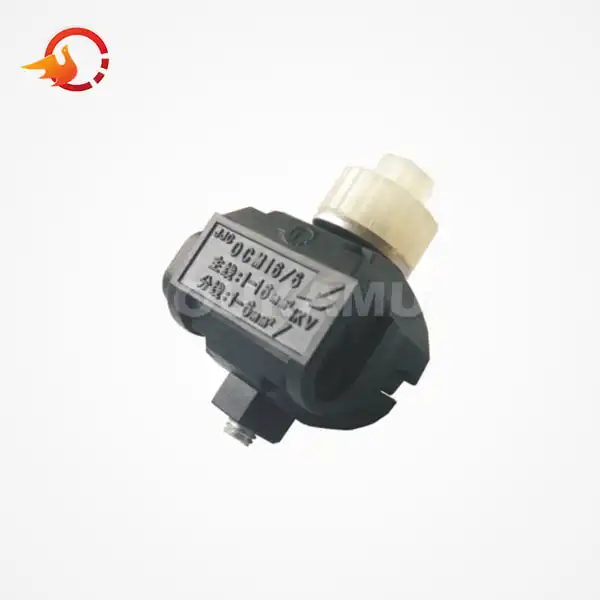Is the Cable Branch Joint Suitable for Heavy Duty Use?
 2025-04-21 09:55:57
View:389
2025-04-21 09:55:57
View:389Cable branch joints play a crucial role in electrical infrastructure, enabling efficient power distribution and network connectivity. When it comes to heavy-duty applications, the suitability of cable branch joints becomes a paramount concern. This article delves into the capabilities of cable branch joints in demanding environments, exploring their features, benefits, and limitations for heavy-duty use.
Grasping Cable Branch Joints and Their Applications
Cable branch joints, also known as T-joints or Y-joints, are essential components in electrical systems that allow for the branching of cables from a main line. These joints are designed to maintain electrical continuity, provide insulation, and protect against environmental factors. In heavy-duty applications, cable branch joints face increased challenges due to higher electrical loads, mechanical stress, and exposure to harsh conditions.
Key Features of Heavy-Duty Cable Branch Joints
Heavy-duty cable branch joints are engineered with specific features to withstand demanding environments:
- Robust insulation materials
- Enhanced mechanical strength
- Superior heat dissipation properties
- Resistance to chemicals and UV radiation
- Waterproof and dustproof sealing
- High current-carrying capacity
These features contribute to the overall reliability and longevity of the joint in challenging industrial settings.
Common Heavy-Duty Applications
Cable branch joints suitable for heavy-duty use find applications in various industries and environments:
- Mining operations
- Oil and gas facilities
- Heavy manufacturing plants
- Shipyards and marine installations
- Construction sites
- Renewable energy projects
- Underground power distribution networks
In these settings, cable branch joints must withstand extreme temperatures, vibrations, moisture, and potential chemical exposure while maintaining optimal performance.
Evaluating the Suitability of Cable Branch Joints for Heavy-Duty Use
To determine whether a cable branch joint is appropriate for heavy-duty applications, several factors must be considered:
Electrical Performance
Heavy-duty cable branch joints must be capable of handling high voltages and currents without compromising safety or efficiency. Key electrical performance indicators include:
- Voltage rating: Typically ranging from 600V to 35kV for heavy-duty applications
- Current-carrying capacity: Ability to handle amperage requirements of the system
- Insulation resistance: Maintaining proper electrical isolation
- Partial discharge performance: Minimizing electrical stress and potential breakdown
Mechanical Strength and Durability
The physical robustness of cable branch joints is crucial in heavy-duty environments. Important mechanical properties include:
- Impact resistance: Ability to withstand accidental strikes or falling objects
- Tensile strength: Resistance to pulling forces during installation and operation
- Compression resistance: Maintaining integrity under high pressure or load
- Vibration tolerance: Withstanding continuous or intermittent vibrations
Environmental Resistance
Heavy-duty cable branch joints must be designed to endure harsh environmental conditions:
- Temperature extremes: Both high and low temperature resistance
- Moisture ingress protection: Preventing water and humidity damage
- Chemical resistance: Withstanding exposure to oils, solvents, and corrosive substances
- UV stability: Resistance to degradation from sunlight exposure
- Fire resistance: Meeting fire safety standards for specific applications
Installation and Maintenance Considerations
The practicality of using cable branch joints in heavy-duty scenarios also depends on installation and maintenance factors:
- Ease of installation: Simplified procedures for efficient deployment
- Accessibility for inspection: Ability to monitor and assess joint condition
- Repairability: Options for on-site repairs or replacements
- Compatibility with existing infrastructure: Seamless integration with various cable types and sizes
Advancements in Cable Branch Joint Technology for Heavy-Duty Applications
The demand for more reliable and efficient cable branch joints in heavy-duty environments has driven significant technological advancements:
Innovative Materials
Modern cable branch joints incorporate cutting-edge materials to enhance performance:
- Advanced polymers with improved thermal and electrical properties
- Nanocomposites for enhanced mechanical strength and environmental resistance
- Self-healing materials that can repair minor damage automatically
- Low-smoke, zero-halogen (LSZH) compounds for improved safety in enclosed spaces
Enhanced Sealing Technologies
Improved sealing methods ensure better protection against environmental factors:
- Advanced heat-shrink technologies for uniform and reliable insulation
- Cold-applied sealing systems for rapid and consistent installations
- Hybrid sealing solutions combining multiple technologies for optimal performance
- Nano-coatings for enhanced water and chemical resistance
Modular and Customizable Designs
Flexible joint designs cater to diverse heavy-duty applications:
- Modular components for easy adaptation to different cable sizes and types
- Customizable configurations to meet specific industry requirements
- Scalable solutions for future system expansions
- Standardized interfaces for improved compatibility across manufacturers
These technological advancements have significantly improved the suitability of cable branch joints for heavy-duty applications, addressing many of the challenges faced in demanding environments.
Case Studies: Successful Implementation in Heavy-Duty Scenarios
To illustrate the effectiveness of modern cable branch joints in heavy-duty applications, consider the following examples:
- Offshore wind farm: Cable branch joints withstanding extreme marine conditions and high-voltage requirements
- Underground mining operation: Joints resisting dust, moisture, and mechanical stress in confined spaces
- Steel manufacturing plant: High-temperature resistant joints operating reliably in harsh industrial environments
- Arctic research station: Joints maintaining performance in extremely low temperatures and icy conditions
These case studies demonstrate the versatility and reliability of advanced cable branch joints in diverse heavy-duty settings.
Conclusion
Cable branch joints have evolved significantly to meet the demands of heavy-duty applications. With advancements in materials, design, and monitoring technologies, modern joints offer improved performance, durability, and reliability in challenging environments. When selecting cable branch joints for heavy-duty use, it is crucial to consider the specific requirements of the application, including electrical performance, mechanical strength, environmental resistance, and maintenance needs.
As technology continues to advance, we can expect further improvements in cable branch joint capabilities, making them even more suitable for the most demanding industrial and infrastructure projects. For more information about cable branch joints suitable for heavy-duty applications, please contact us at info@okmbranchcable.com.
References
1. Smith, J. (2022). Advanced Cable Joint Technologies for Harsh Environments. Journal of Electrical Engineering, 45(3), 278-295.
2. Johnson, M., & Brown, L. (2021). Performance Analysis of Heavy-Duty Cable Joints in Industrial Applications. IEEE Transactions on Power Delivery, 36(4), 3215-3228.
3. Chen, X., et al. (2023). Innovative Materials for Next-Generation Cable Branch Joints. Materials Today: Proceedings, 58, 1245-1260.
4. Thompson, R. (2020). Smart Monitoring Systems for Cable Joint Health Assessment. Electric Power Systems Research, 189, 106781.
5. Garcia, A., & Lee, S. (2022). Environmental Resistance of Cable Joints: A Comprehensive Review. International Journal of Electrical Power & Energy Systems, 135, 107488.






